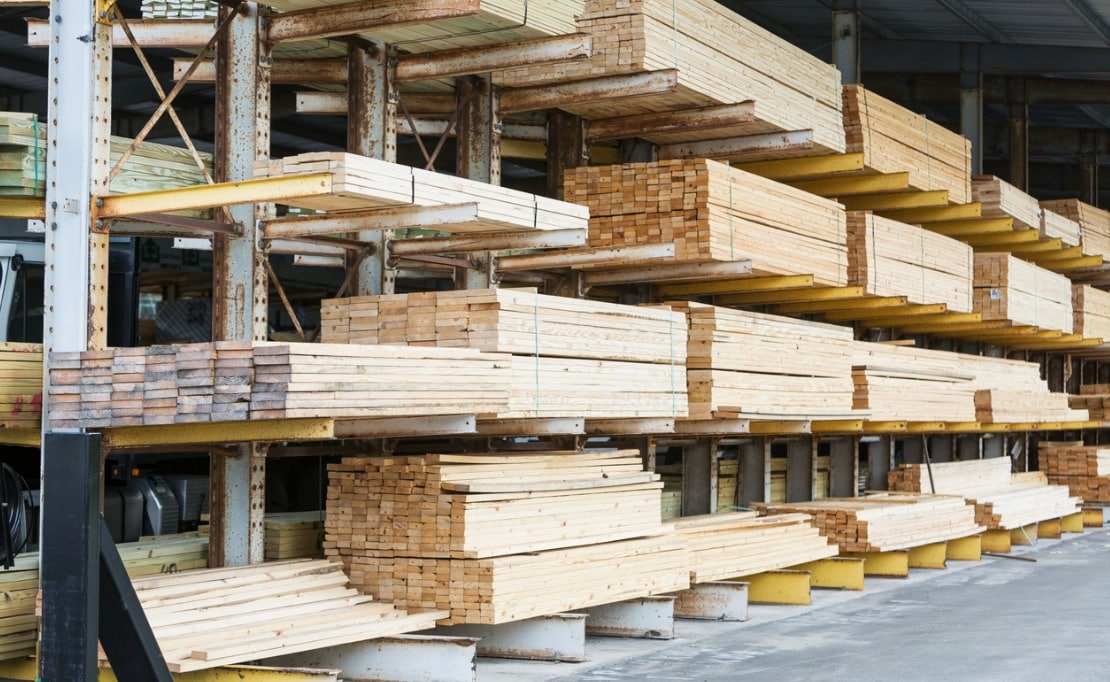In the realm of construction, durability and longevity are paramount. Architects, engineers, and builders strive to create structures that can withstand the test of time. Among the plethora of building materials available, one material stands out for its exceptional endurance and resilience. In this blog post, we delve into the world of construction materials to uncover the secret behind the longest lasting building material.
- The Evolution of Building Materials:
To understand the concept of longevity in building materials, it is crucial to explore their historical evolution. From ancient civilizations to modern times, humans have experimented with various materials, each with its own strengths and weaknesses. From mud bricks and stone to wood and concrete, the quest for durability has been a constant endeavor. - The Reign of Concrete:
Concrete, a composite material composed of cement, aggregates, and water, has emerged as a frontrunner in the race for longevity. Its widespread use in construction can be attributed to its exceptional strength, versatility, and resistance to fire, water, and pests. The Roman concrete structures, such as the Pantheon and aqueducts, serve as timeless examples of its enduring nature. - Reinforced Concrete: The Game Changer:
While concrete alone possesses remarkable durability, the introduction of reinforcement revolutionized the construction industry. Reinforced concrete, incorporating steel bars or mesh within the concrete matrix, enhances its tensile strength and crack resistance. This innovation has allowed for the creation of skyscrapers, bridges, and dams that can withstand immense forces and endure for centuries. - Steel: The Backbone of Modern Construction:
Steel, renowned for its strength and ductility, plays a vital role in modern construction. Used in combination with concrete, steel reinforces structural elements, providing additional support and stability. Its resistance to corrosion and ability to withstand extreme conditions make it an indispensable material for long-lasting buildings. - The Timeless Beauty of Stone:
While concrete and steel dominate contemporary construction, the use of natural stone endures as a symbol of elegance and longevity. Stone structures, such as the Great Pyramids of Giza and medieval cathedrals, showcase the enduring beauty and durability of this material. With proper maintenance, stone buildings can stand strong for centuries, defying the passage of time. - Innovations in Sustainable Materials:
In recent years, the construction industry has witnessed a surge in the development of sustainable building materials. Materials like cross-laminated timber (CLT), engineered bamboo, and recycled materials offer promising alternatives with reduced environmental impact. While their long-term durability is still being evaluated, these materials hold immense potential for creating lasting structures in a more sustainable manner.
Conclusion:
In the quest for the longest lasting building material, concrete, reinforced with steel, has emerged as the epitome of durability. Its ability to withstand the test of time, as demonstrated by ancient Roman structures, is a testament to its exceptional qualities. However, the evolution of construction materials continues, with sustainable alternatives promising a greener future. As architects and engineers push the boundaries of innovation, the quest for the perfect balance between longevity, sustainability, and aesthetic appeal remains ongoing.


